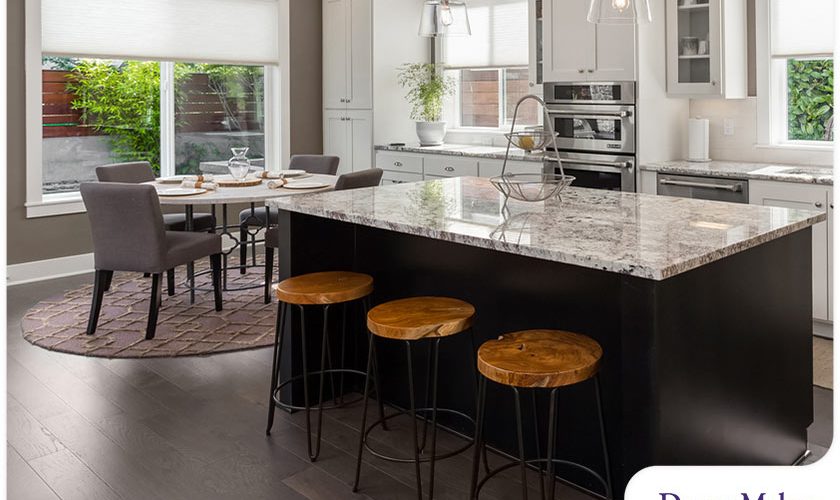Kitchen island heigh as a focal point in many modern kitchens, providing a versatile space for food preparation, cooking, dining, and socializing. One crucial aspect to consider when designing or renovating a kitchen island is its height. The height of your kitchen island can impact both its functionality and aesthetics, making it essential to find the right balance. In this comprehensive guide, we will explore the factors to consider when adjusting the height of your kitchen island and provide valuable insights into achieving the best results for your kitchen space.
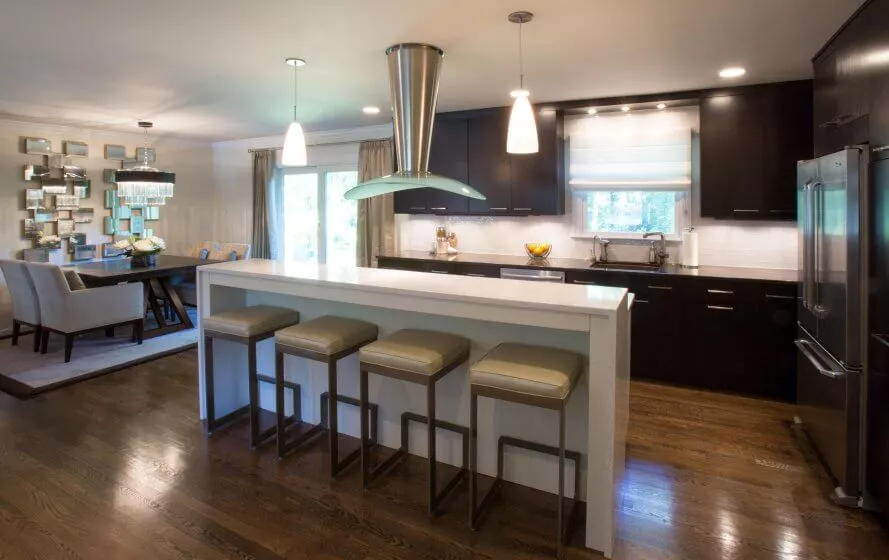
Understanding the Importance of Kitchen Island Height
The height of your kitchen island plays a significant role in determining its usability and comfort. Here are some key reasons why adjusting the height of your kitchen island is crucial:
- Ergonomics: The height of the kitchen island should be ergonomically designed to ensure comfortable food preparation and cooking activities. A well-adjusted height can prevent strain on your back and arms while working in the kitchen.
- Seating Options: If your kitchen island includes seating, such as bar stools or chairs, the height needs to be carefully adjusted to accommodate comfortable seating and legroom for individuals of varying heights.
- Aesthetic Appeal: The height of the kitchen island can impact the overall look and feel of your kitchen space. Choosing the right height can enhance the aesthetic appeal and cohesion of your kitchen design.
- Functionality: A properly adjusted kitchen island height can improve the functionality of the space, making it easier to work, cook, and entertain in the kitchen.
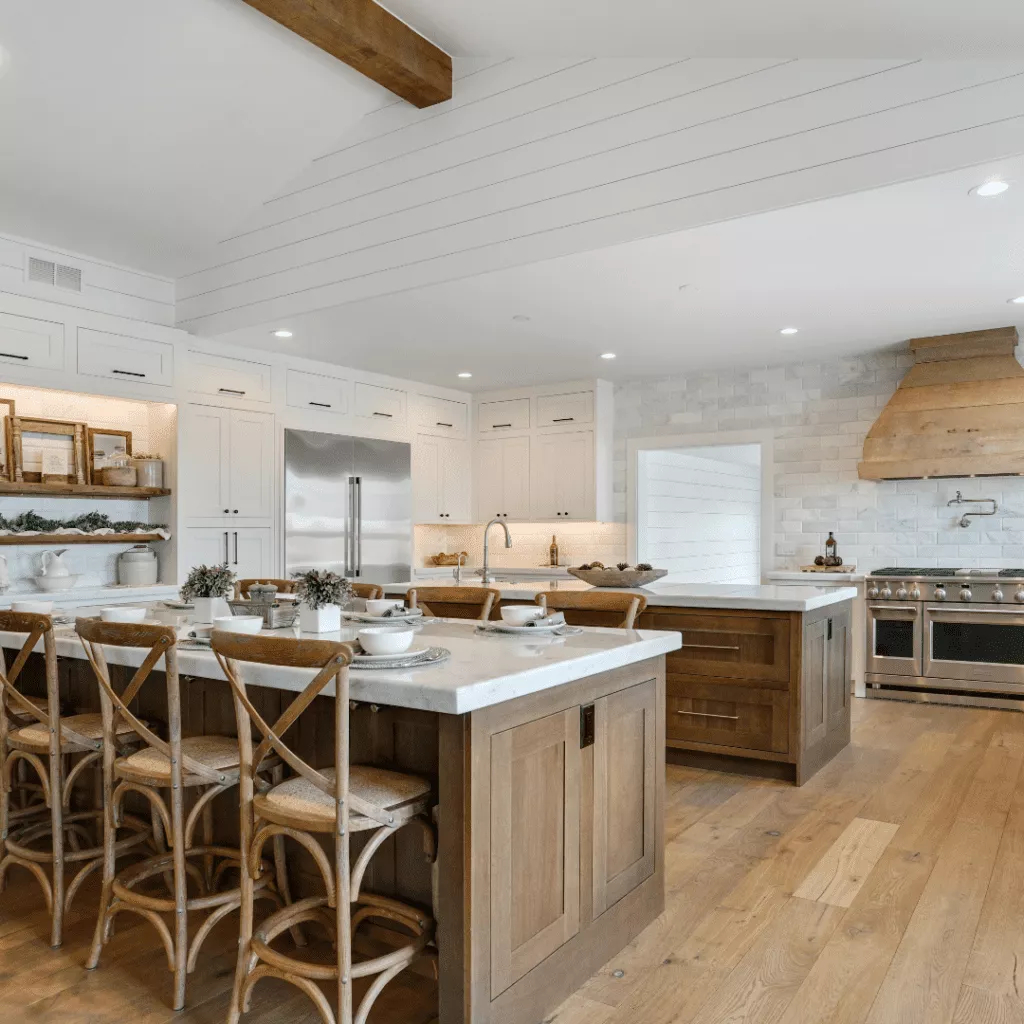
Factors to Consider When Adjusting Kitchen Island Height
When determining the ideal height for your kitchen island, several factors must be taken into account to ensure optimal functionality and style. Here are the key considerations to keep in mind:
- Standard Heights: The standard height for a kitchen island typically ranges from 36 to 42 inches (91 to 107 cm) high. However, the ideal height may vary based on your personal preferences and specific needs.
- User Height: Consider the height of the primary users of the kitchen island. Taller individuals may prefer a higher countertop, while shorter individuals may find a slightly lower height more comfortable.
- Functionality: Think about how you intend to use the kitchen island. If you plan to use it primarily for food preparation and cooking, a lower height may be more practical. For seating and dining purposes, a higher counter height may be preferable.
- Coordination with Other Surfaces: Ensure that the height of the kitchen island coordinates well with the height of other countertops and surfaces in your kitchen to create a cohesive look.
- Clearance Space: Leave adequate clearance space around the kitchen island to allow for easy movement and access within the kitchen. Aim for a minimum of 36 inches (91 cm) of clearance on all sides.
- Style and Design: Consider the overall style and design aesthetic of your kitchen when determining the height of the island. The height should complement the existing decor and enhance the visual appeal of the space.
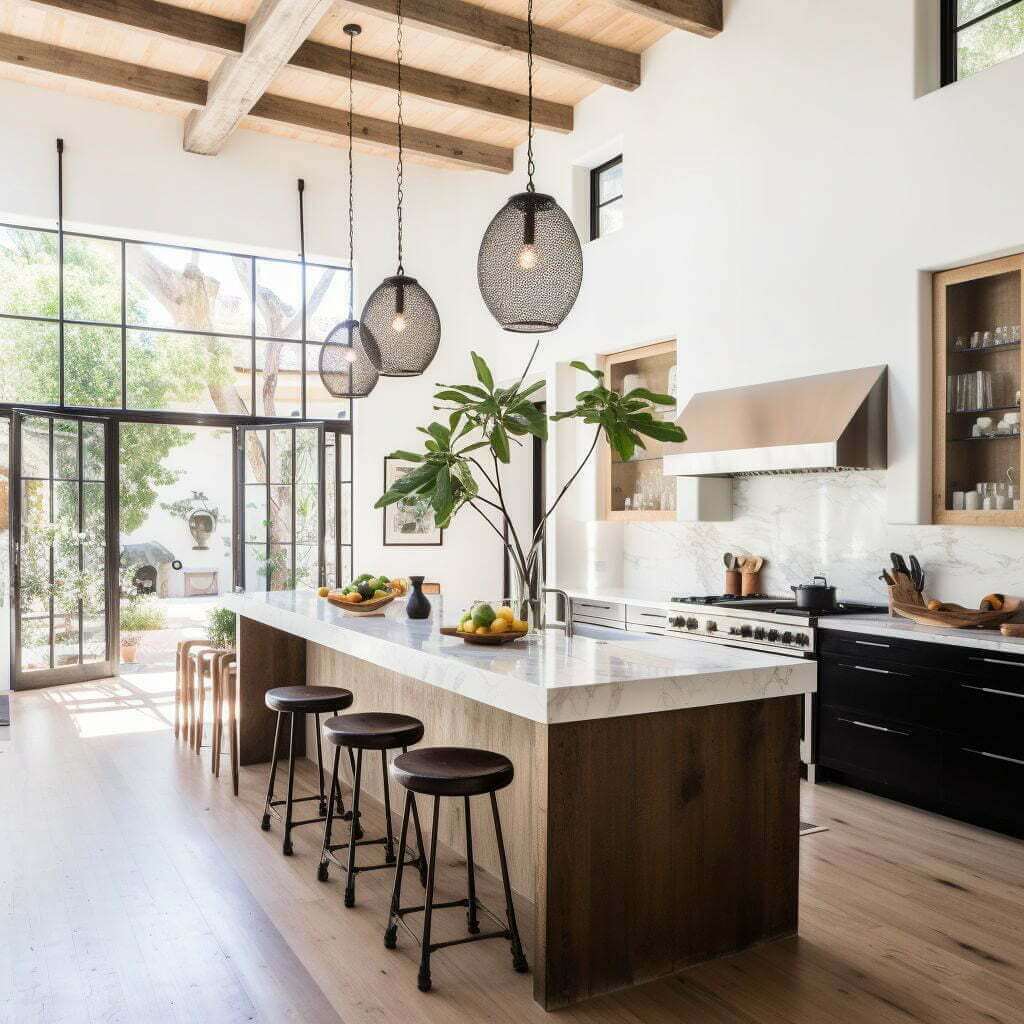
Adjusting the Height of Your Kitchen Island
Once you have considered the relevant factors and determined the ideal height for your kitchen island, it’s time to adjust the height accordingly. Here are some tips for effectively adjusting the height of your kitchen island:
Consult a Professional:
If you are renovating or installing a open concept kitchen island, consider consulting with a kitchen designer or contractor to help you determine the best height for your specific needs.
Customization Options:
Explore customization options to tailor the height of the kitchen island to your preferences. Custom cabinetry and countertop solutions can help you achieve the perfect height for your space.
Adjustable Features:
Consider incorporating adjustable features, such as height-adjustable countertops or extendable legs, to allow for flexibility in configuring the height of the kitchen island.
Test and Adjust:
Once the kitchen island is installed or adjusted to the desired height, test it out to ensure that it meets your functional and aesthetic requirements. Make any necessary adjustments as needed.
Finishing Touches:
Complete the look of your kitchen island by adding decorative elements, such as pendant lighting, bar stools, or decorative accents, that complement the height and style of the island.
What are the kitchen island heights?
The kitchen island is a multifunctional centerpiece in many homes, offering a space for food preparation, cooking, dining, and socializing. One crucial aspect of designing a kitchen island is determining its height. The height of a kitchen island can significantly impact its functionality, comfort, and overall aesthetics.
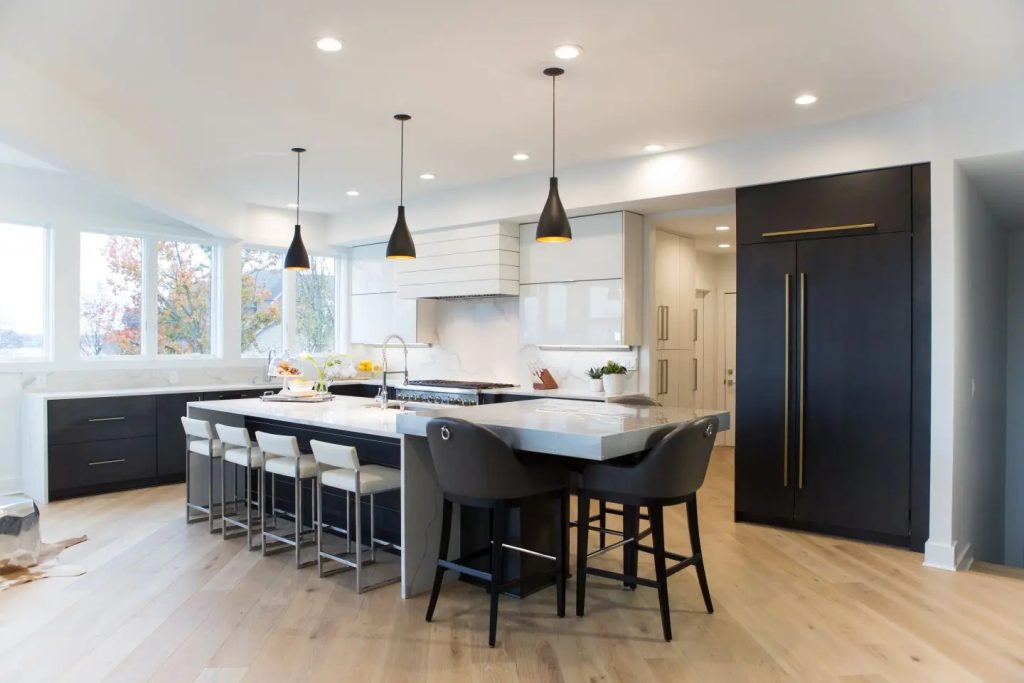
Standard Heights for Kitchen Islands
-
Counter Height
- The standard counter height for a kitchen island is typically around 36 inches. This height is commonly used for traditional kitchen islands and provides a comfortable working surface for food preparation and cooking tasks.
-
Bar Height
- Bar-height kitchen islands are taller, typically around 42 inches high. This height is ideal for incorporating bar stools or high chairs for seating, creating a casual dining or entertaining area within the kitchen.
-
Counter-Height Seating
- Some kitchen islands feature a lower countertop height of around 30 inches to accommodate counter-height seating. This setup allows for a more relaxed dining experience and is suitable for families with young children.
Conclusion
Adjusting the height of your kitchen island is a critical aspect of creating a functional, stylish, and comfortable kitchen space. By considering factors such as ergonomics, user preferences, functionality, and design aesthetics, you can determine the ideal height that suits your needs. Whether you opt for a standard height or customize the height to fit your unique requirements, achieving the perfect balance will elevate the overall look and usability of your kitchen island.
Incorporate the insights and tips provided in this guide to guide you through the process of adjusting the height of your kitchen island. With careful planning, attention to detail, and a focus on creating a harmonious kitchen environment, you can transform your kitchen island into a centerpiece that enhances both your culinary activities and the overall ambiance of your home. Embrace the opportunity to customize your kitchen island height to reflect your personal style and preferences, and enjoy the functional and aesthetic benefits it brings to your daily kitchen routine.
